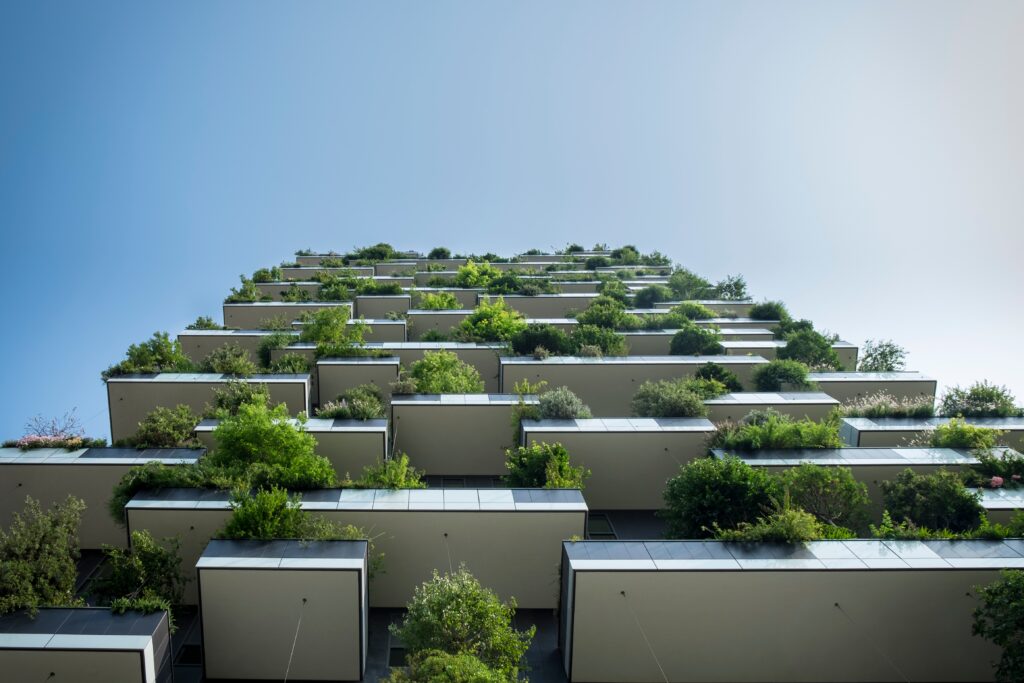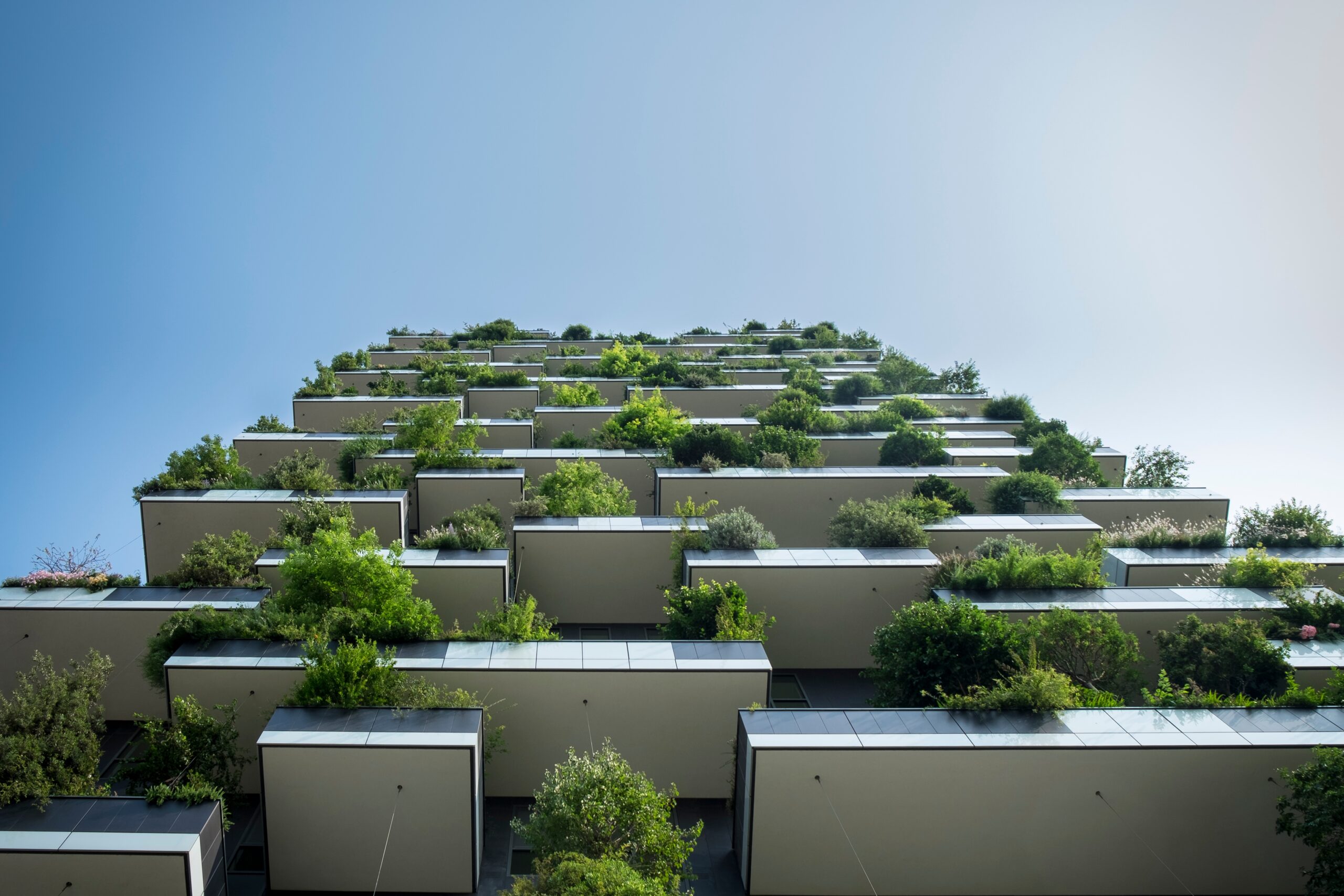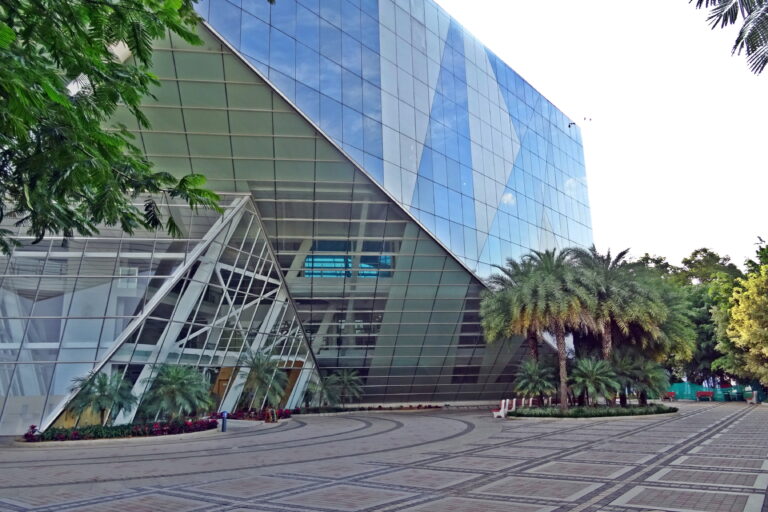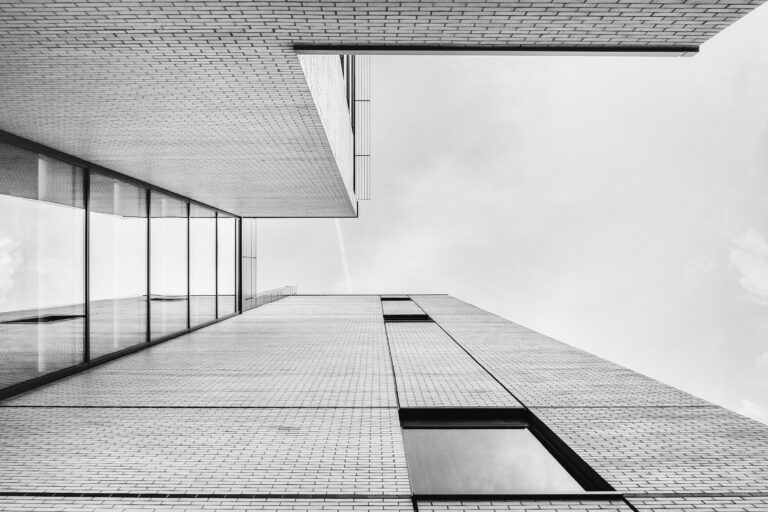
In an era where environmental concerns are at the forefront of global conversations, the realm of architecture has undergone a remarkable transformation. Sustainable architecture, once a niche concept, has emerged as a vital and innovative approach to building design. Beyond creating beautiful structures, architects now face the challenge of integrating environmental responsibility into their creations. This blog delves into the art of sustainable architecture, exploring its principles, benefits, and the profound impact it has on our planet and our future.
Sustainability in Architecture: Beyond Green Design
Sustainable architecture, often referred to as “green architecture” or “eco-friendly design,” goes beyond mere aesthetics. It embodies a holistic philosophy that seeks to minimize the negative impact of construction on the environment while creating spaces that promote well-being and functionality. By incorporating sustainable practices, architects aim to strike a delicate balance between the built environment and the natural world.
Key Principles of Sustainable Architecture:
- Energy Efficiency: Sustainable buildings prioritize energy efficiency through passive design strategies, efficient insulation, and the use of renewable energy sources like solar panels and wind turbines.
- Resource Conservation: The use of recycled, renewable, and locally sourced materials reduces the carbon footprint of construction. Minimizing waste generation and promoting responsible resource management are crucial aspects.
- Water Management: Water-efficient fixtures, rainwater harvesting systems, and innovative landscaping techniques contribute to effective water conservation within sustainable buildings.
- Optimal Site Planning: Sustainable architecture considers site orientation, taking advantage of natural light and ventilation to reduce the need for artificial lighting and HVAC systems.
- Healthy Indoor Environment: The well-being of occupants is a priority in sustainable architecture. This is achieved through proper ventilation, the use of non-toxic materials, and the incorporation of biophilic design elements that connect occupants with nature.
Benefits of Sustainable Architecture:
- Environmental Stewardship: By reducing resource consumption and greenhouse gas emissions, sustainable architecture contributes to the preservation of the planet’s ecosystems and biodiversity.
- Long-Term Savings: Energy-efficient designs lead to reduced utility bills and operational costs over the building’s lifespan, offering financial benefits to both owners and occupants.
- Enhanced Quality of Life: Spaces designed with occupants’ well-being in mind provide better air quality, natural light, and comfort, resulting in improved health and productivity.
- Innovation and Adaptability: Sustainable architecture encourages creativity and innovation in design and construction, driving the development of new technologies and approaches to building.
- Resilience to Climate Change: Sustainable buildings are better equipped to withstand the challenges posed by climate change due to their adaptability and reduced reliance on non-renewable resources.
Impact on the Future of Architecture:
The adoption of sustainable architecture marks a turning point in the evolution of the field. Architects are now challenged not only to create visually striking structures but also to be mindful of the long-term consequences of their designs. Sustainable architecture stands as a testament to human ingenuity, showcasing how art and science can harmoniously coexist for the betterment of both humanity and the planet.
The art of sustainable architecture is a testament to our capacity to innovate and adapt in the face of environmental challenges. Through thoughtful design, a commitment to resource conservation, and a deep respect for nature, architects are shaping a future where buildings are not just functional and aesthetically pleasing, but also regenerative and harmonious with their surroundings. As we move forward, embracing sustainability in architecture is not just a choice; it’s a responsibility that holds the promise of a more resilient, beautiful, and sustainable world for generations to come.




